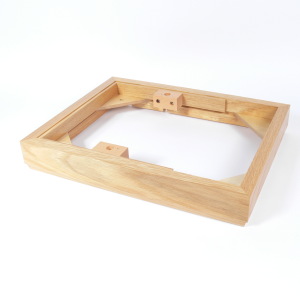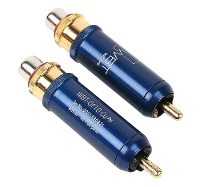
Is something missing?
Does this sound familiar?
You've spent an awful lot of time and money putting together a carefully chosen system and, although it's pretty good, there's still something missing. Maybe it's incredibly detailed but rather hard to listen to for any length of time without feeling fatigued? Perhaps the bass seems to be lost in the floor? Or maybe it's just not engaging you as much as you'd like? One thing's for certain; you're not enjoying it as much as you'd like considering the effort you've put in...
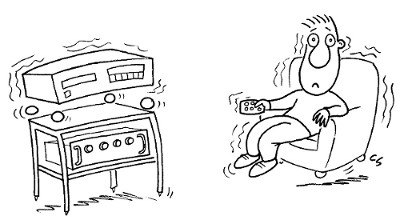
You've spent an awful lot of time and money putting together a carefully chosen system and, although it's pretty good, there's still something missing. Maybe it's incredibly detailed but rather hard to listen to for any length of time without feeling fatigued? Perhaps the bass seems to be lost in the floor? Or maybe it's just not engaging you as much as you'd like? One thing's for certain; you're not enjoying it as much as you'd like considering the effort you've put in...

So what's the secret?
There's a high probability that you're actually only experiencing a small part of what your Hi-Fi or Home Cinema is truly capable of. But don't worry because we're here to help. We've identified four key areas where a little attention to the cabling and your system's support will reap you huge rewards - by helping to release better sound and picture quality from your investment.
It really doesn't matter whether your Hi-Fi or Home Cinema is brand new or 30 years old; whether it cost £100s or £1,000s. If you improve these four key areas below, you'll discover the hidden potential of your equipment.
Step 1: Your power
Like petrol in a car, electricity is the 'juice' that makes your system work. And, like petrol, if that 'juice' is dirty or polluted, things don't work as well as they should... no matter how good the system.
This is why it's vitally important to get your power supply sorted first, before you improve anything else. If you start with your interconnects and speaker cables you could be making things worse because higher quality cables will be able to reveal any problems 'downstream'. Get the power right, though, and better cables 'upstream' will only bring benefits.
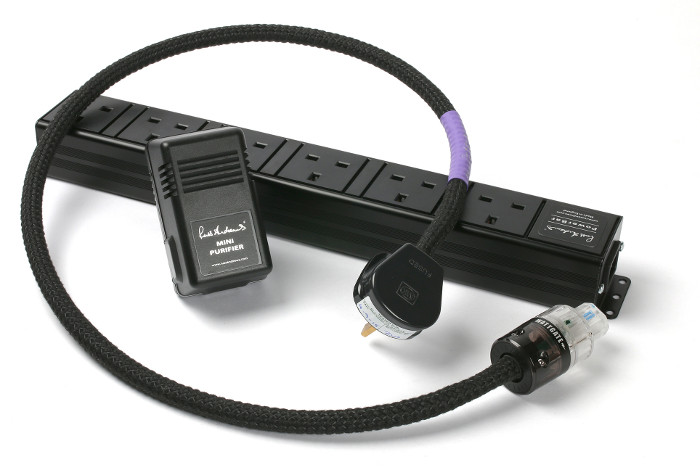 We recommend you start with the power cable that supplies your main source component – such as your CD player, streamer or turntable – and then work outwards from there. So, in a typical system you would upgrade your power cables in the following series; CD player, preamp, power amp.
We recommend you start with the power cable that supplies your main source component – such as your CD player, streamer or turntable – and then work outwards from there. So, in a typical system you would upgrade your power cables in the following series; CD player, preamp, power amp.SEE OUR POWER CABLES HERE.
Once you've addressed your power cables the next step is to replace any mains extensions with one of our dedicated units.
Ordinary extension blocks available in shops can degrade the sound to a surprising extent so it makes sense to upgrade this essential step in your mains supply. Getting sockets nearer to your system is much more convenient, and there’s a very good electrical reason for using a mains extension. It means your equipment is 'star powered' back to the wall socket your extension is plugged into. It sounds better and looks neater, too.
SEE OUR MAINS EXTENSIONS HERE.
Ordinary extension blocks available in shops can degrade the sound to a surprising extent so it makes sense to upgrade this essential step in your mains supply. Getting sockets nearer to your system is much more convenient, and there’s a very good electrical reason for using a mains extension. It means your equipment is 'star powered' back to the wall socket your extension is plugged into. It sounds better and looks neater, too.
SEE OUR MAINS EXTENSIONS HERE.
The final step is to supplement your cables and extensions with filters. Computers and domestic equipment such as fridges – and even your Hi-Fi or Home Cinema – can put tremendous amounts of noise onto your mains supply.
Russ’s filters have been developed to lift off degrading mains noise and harmonics and, because they work passively, you get all of the benefits of a clearer cleaner sound without the increased impedance that in-line filters can bring.
View our range of filters here.
Russ’s filters have been developed to lift off degrading mains noise and harmonics and, because they work passively, you get all of the benefits of a clearer cleaner sound without the increased impedance that in-line filters can bring.
View our range of filters here.
Step 2: Interconnects
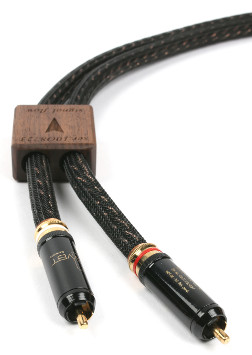
Now you've addressed the quality of your mains supply it's time to look at the interconnects between your Hi-Fi or Home Cinema components. This is the point at which the raw electricity coming into your system has been transformed into an audio or video signal so you want to be sure that it's transferred as accurately as possible.
We exclusively offer Kimber Kable because its combination of high quality components and unique woven design ensure a highly detailed but natural and engaging performance. Using the same principle as for mains cables, start by upgrading the interconnect from your primary source component (CD player, etc). If you have separate pre and power amps, replace the interconnect here next and then more back to any additional but less used sources such as a tuner or recording device.
SEE KIMBER INTERCONNECTS HERE.
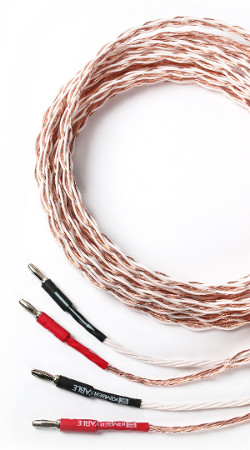
Step 3: Speaker cables
The final link in the chain is to upgrade your speaker cables. Like their interconnects, Kimber speaker cables cancel interference in a unique way so that the sound you hear is rich, detailed and free of harshness.
To ensure that the signal travels accurately and you get the best sound from your speakers, a cable must be properly designed and be able to carry higher voltages than those carried by the interconnect cables. Kimber speaker cables use a combination of very high purity copper, copper/silver and pure silver wire together with the best insulation materials to ensure you extract the very best from your Hi-Fi or Home Cinema system.
SEE KIMBER SPEAKER CABLES HERE
The ultimate goal: Russ on musicality
 What should we be listening for in a Hi-Fi system? Not just the sound quality, Russ suggests, but the musical quality...
What should we be listening for in a Hi-Fi system? Not just the sound quality, Russ suggests, but the musical quality... In this article, Russ Andrews talks about the most effective solutions to ensure your system presents a truly enjoyable musical experience and how the way we listen can have a profound effect on acheiving this goal.
Click here to read the article now.


















